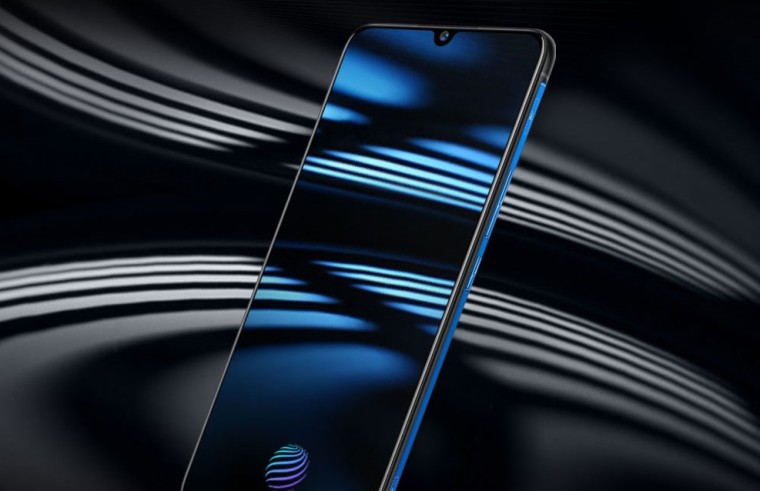
After having teased its plan earlier last month to unveil a sub-brand called iQOO, Vivo has formally announced the first smartphone under the new branding. But unlike a recent rumor that circulated on Weibo claiming it would be Vivo's first foldable handset, the iQOO smartphone is actually a gaming phone that packs a punch.
With that in mind, Vivo squeezed some flagship hardware into the device including a Snapdragon 855 SoC, Adreno 640 GPU, and a 4,000mAh battery that the company claims can be fully charged up within 45 minutes, courtesy of its 44W Super FlashCharge system, though this isn't available on the lower-end model. In terms of RAM and storage configuration, the phone comes in four variants: 6GB/128GB, 8GB/128GB, 8GB/256GB, and 12GB/256GB.
Being a gaming device, the iQOO features a "Monster Touch" button for pressure sensitivity on the left and right shoulders of the screen. It also includes a vapor cooling system inside to help keep the phone's temperature relatively low while in gaming mode.
On the screen department, it sports a 6.41-inch AMOLED display with a 2,340 x1,080 resolution and a waterdrop notch, giving it a 91.7% screen-to-body ratio. It also has an in-display fingerprint scanner.

Additionally, the device boasts a triple camera setup on the back comprising a 12MP main camera powered by the Sony IMX363 sensor, a 13MP camera with a wide-angle lens, and a 2MP depth sensor. On the front sits a 12MP selfie camera.
The design of the phone is also noteworthy for the addition of an LED strip in the middle of the 3D glass back with blue or orange light reflections all around it. The strip lights up for notifications or mere flair while gaming.

The iQOO comes in Electro-optic Blue and Lava Orange color options, with the 12GB variant also having an additional black model with a faux-carbon fiber overlay on the glass. It is now available to order via Vivo's online shop starting at ¥2,998 (~$447) for the base model. The 12GB model, needless to say, is a bit pricier at ¥4,298 (~$641). It will be available in China at first, though Engadget notes that it may also arrive in other countries in the future.
















3 Comments - Add comment